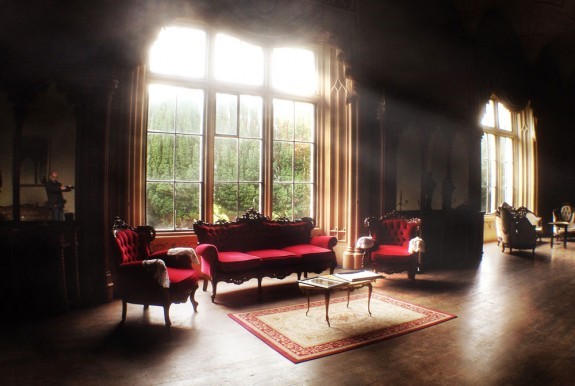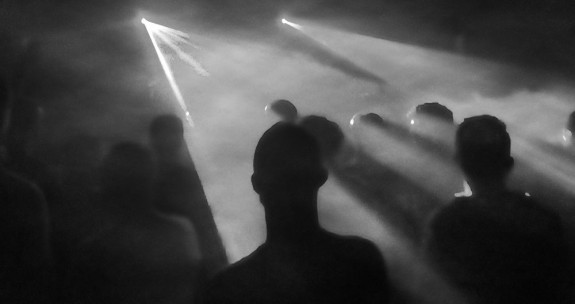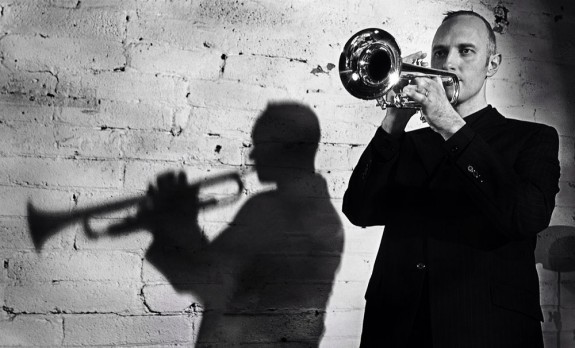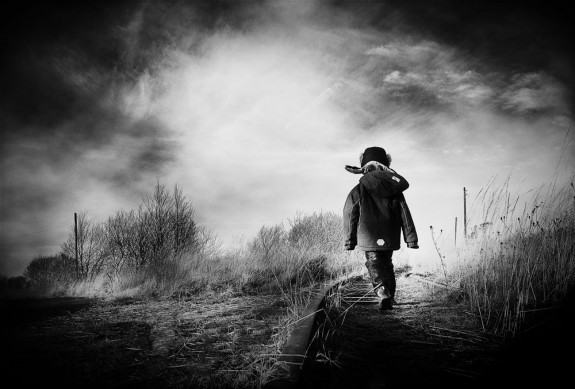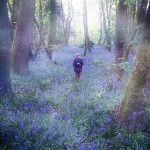There is an old English proverb that says ‘There is many a slip twixt the cup and the lip’. It basically means that anything can go wrong at the last minute. This could be modified to suit the modern iPhone Photographer – ‘There is many a slip twixt the point and the click’.
The iPhone is the perfect point-and-click camera as any committed iPhoneographer will always have their phone with them which means that they will never miss out on any photo opportunity that they come across. The temptation is to whip out the phone and just start shooting everything in sight but this will rarely result in an award-winning masterpiece. Taking a few minutes to set up the shot before you click the shutter can make all the difference and avoid any ‘slips’.
Over the years I have built up a little routine I run through before I take a shot. As I almost exclusively use the native iPhone camera only, the photography tips here will apply to it, but they can easily be tailored to your favourite camera app.
You Need Good Light
The first thing I do is try to ensure that there is an adequate light source. Even though the latest iPhones have excellent sensors, low-light conditions will result in grainy images. If I am shooting indoors, I prefer to have a natural light source from a nearby window if possible. If not an artificial light source will suffice. I will try to avoid using the flash if I can.
Try a Different Shooting Mode on your iPhone
The iPhone camera has different shooting modes that are suitable for different situations. The standard camera mode will be suitable in most cases. But if you are shooting an expansive landscape and want to try to capture as much as possible you should try the Pano mode. On the other hand you might be trying to capture a fast moving subject, in which case Burst mode is the best option. I rarely use square mode but it’s there if you need it.
If there is a big difference between the bright and dark areas of your final composition you might want to consider using the camera’s HDR mode to even out the light. This is particularly useful in landscape scenes where the sky tends to be over exposed and the foreground underexposed.
Rule of Thirds – Compose Your Image
Once I am happy that I have enough light and that I am using the right format then I can start composing the shot and look at the best shooting angle. The general rule of thumb for composing is the rule of thirds and it works in most situations.
The rule of thirds involves mentally dividing up your image using 2 horizontal lines and 2 vertical lines. You then position the important elements in your scene along those lines, or at the points where they meet.
Look For Alternative Shots
I usually try not to shoot from a standing position but prefer to look for alternative angles to try and capture a scene differently than most people would be used to seeing it. Getting the composition of a shot right can turn an average photo into a great one.
Ask Yourself “Why?”
The above are all technical considerations to bear in mind before you hit the shutter button. But most importantly you should ask yourself why are you taking the shot. There can be many reasons. Maybe you want to show off a local beauty spot. Or you are trying to tell a story. It could be that you just want to capture a moment in time for prosperity. Or it could be that you want to practice a new technique or try out a new genre. Each of these reasons will have a different effect on how you take the photo. For example you will be take more time setting up a landscape shot where as capturing a moment is time is all about being spontaneous and reacting to the environment around you.
I know this might seem like a lot to think about before you take each shot, but in reality each step only takes a few minutes. It is worth it as you could miss out on the perfect capture by just pointing the camera and hitting the shutter without pausing for a few moments to avoid those last minute ‘slips’.
As you gain more experience it will become second nature. You will get to a stage that you fully aware of your environment and the type of shot you hope to get before you even take your phone out of your pocket.
All images in this story ©Paul Moore. All rights reserved.



